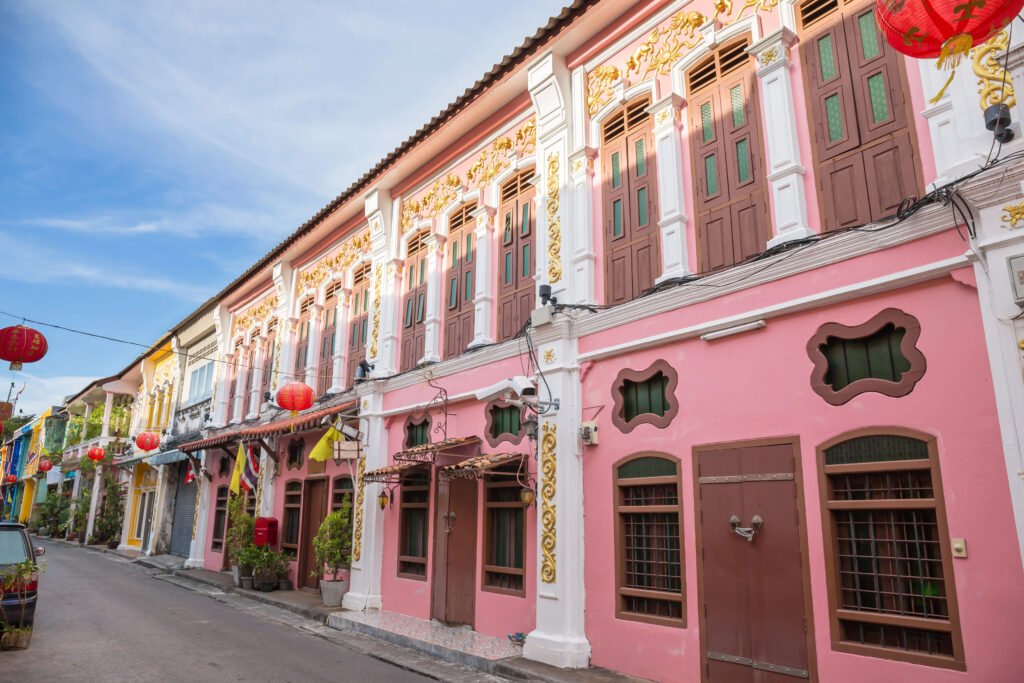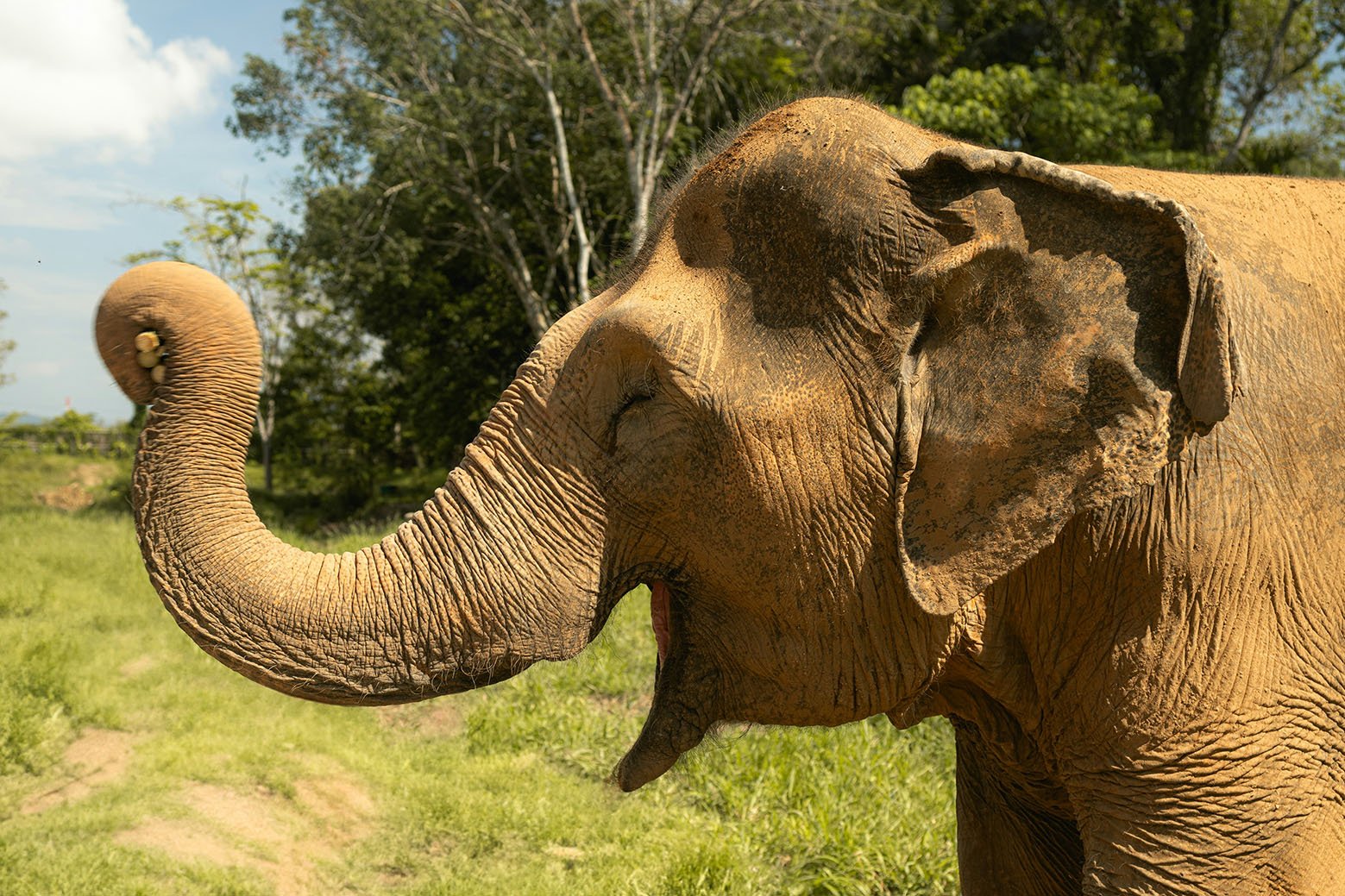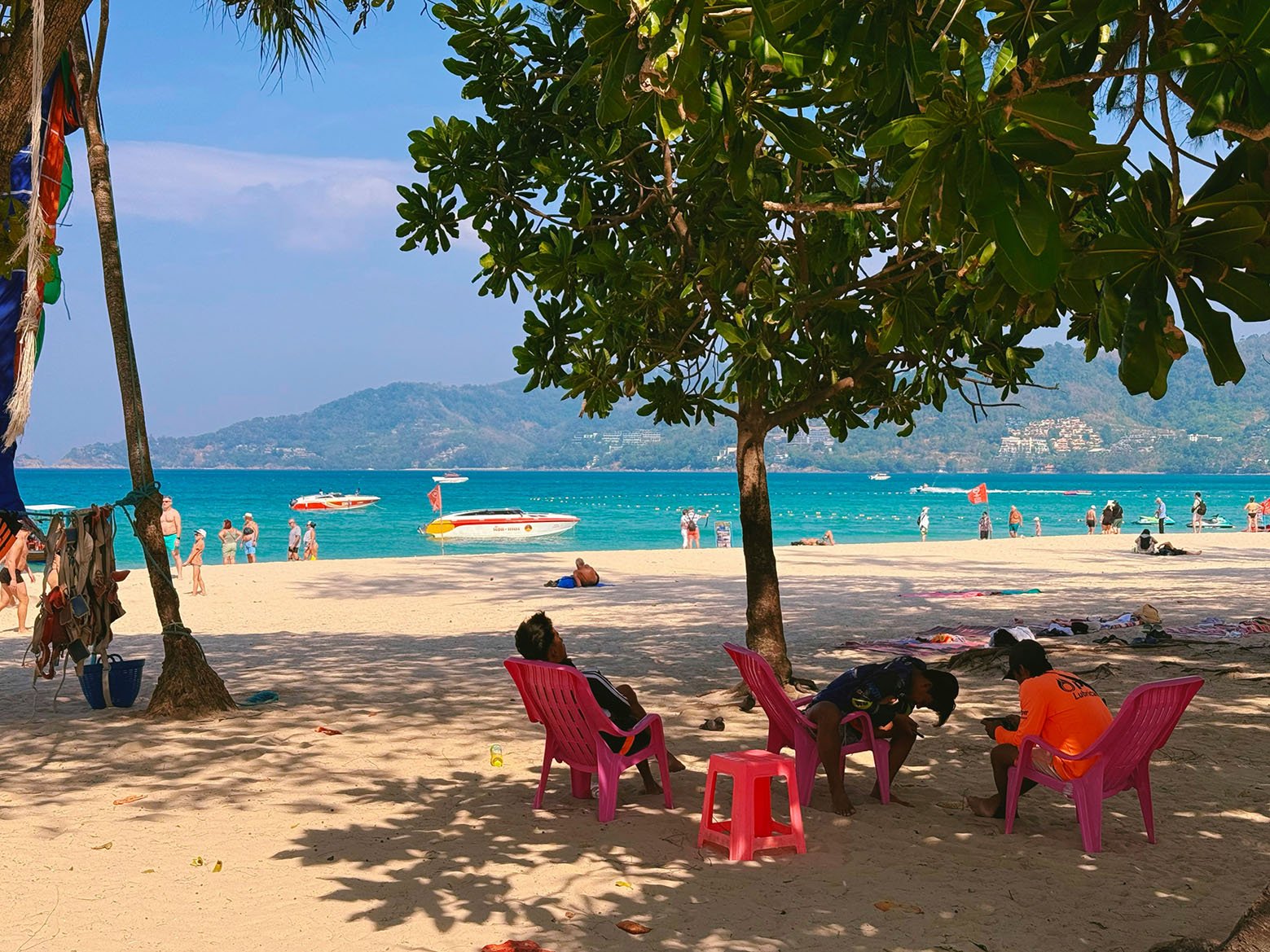Pearl of the Andaman
Phuket Island, the largest island in Thailand, is located in the Andaman Sea, lying approximately 867 kilometers south of Bangkok. This picturesque destination is part of an archipelago, and it captivates visitors with its stunning marine landscapes, lush tropical forests, and vibrant urban culture. The island covers an area of around 576 square kilometers and is characterized by a coastline that boasts beautiful beaches, dramatic cliffs, and serene bays. Its geographic location and natural attributes contribute significantly to its appeal as a top tourist destination in the region.
Rich in cultural heritage, Phuket has a history that dates back centuries, influenced by various civilizations and cultures, including Malay, Chinese, and Portuguese settlers. This cultural blend is reflected in the island’s architecture, festivals, and culinary offerings, which provide visitors with a diverse experience. The vibrant streets of Phuket Town showcase Sino-Portuguese structures that highlight its historical significance, while the local markets brim with traditional crafts and street food.
The tourism scene here is robust, drawing millions of tourists each year with its array of attractions, from pristine beaches to lush national parks. Renowned spots such as Patong Beach and Phi Phi Islands are famous for their water sports and nightlife, while quieter areas like Kata and Karon are perfect for those seeking relaxation amidst natural beauty. Additionally, the island hosts numerous cultural and recreational activities, enabling visitors to immerse themselves in both local traditions and modern leisure pursuits.
Spotlight
Phuket Island Highlights
Patong Beach
Among the many stunning locations on Phuket Island, Patong Beach stands out as a premier destination for both tourists and locals. Renowned for its vibrant atmosphere, this beach draws visitors who seek an array of activities ranging from relaxation to thrill-seeking adventures. The beach stretches approximately 3.5 kilometers, adorned with golden sands and crystalline waters, making it an ideal spot for sunbathing and enjoying the scenic views. Water sports are among the main attractions at Patong Beach. Tourists can engage in a myriad of activities, including jet skiing, parasailing, and scuba diving. As day transitions to night, Patong Beach transforms into a hub of nightlife with numerous bars, clubs, and beachside lounges. The infamous Bangla Road, located just a short walk away from the beach, comes alive after sunset, featuring live music, dance clubs, and entertainment. Visitors can discover a range of dining options, from quaint street food vendors offering local Thai cuisine to more upscale restaurants providing international fare.

Old Phuket Town
Old Phuket Town is a vibrant and historical district that showcases the unique Sino-Portuguese architecture that characterizes much of the island's cultural heritage. The area is filled with beautifully preserved shophouses and mansions, reflecting the rich history of trade and multicultural influences that shaped Phuket. As visitors stroll through the picturesque streets, they can admire the intricate facades and vibrant colors of the buildings, which are often adorned with decorative tiles and detailed plasterwork.
The local markets in Old Phuket Town are a significant attraction, where travelers can immerse themselves in the lively atmosphere and experience the essence of Thai culture. The Sunday Street Market, for instance, is a memorably sensory experience, featuring food stalls that sell a variety of traditional dishes such as Pad Thai, green curry, and desserts like mango sticky rice. The market also showcases local artisans, providing opportunities to purchase handcrafted goods and souvenirs unique to the region.

Elephant Sanctuaries
Phuket is home to several elephant sanctuaries that are committed to the ethical treatment and rehabilitation of elephants. Unlike traditional elephant shows that often exploit these magnificent creatures, ethical sanctuaries prioritize animal welfare by providing a safe environment for elephants that have been rescued from abusive circumstances. One of the main missions of these sanctuaries is to rescue and rehabilitate elephants, allowing them to live in a more natural setting where they can thrive. Visitors to these sanctuaries have the unique opportunity to observe elephants in a setting that closely resembles their natural habitat. Many sanctuaries offer guided tours, giving visitors insights into the lives of the elephants and their individual stories. Educational programs are commonly included in the visitor experience, emphasizing the importance of conservation and responsible tourism practices. Participants may engage in feeding the elephants, which fosters a personal connection and enhances understanding of these peaceful animals.

